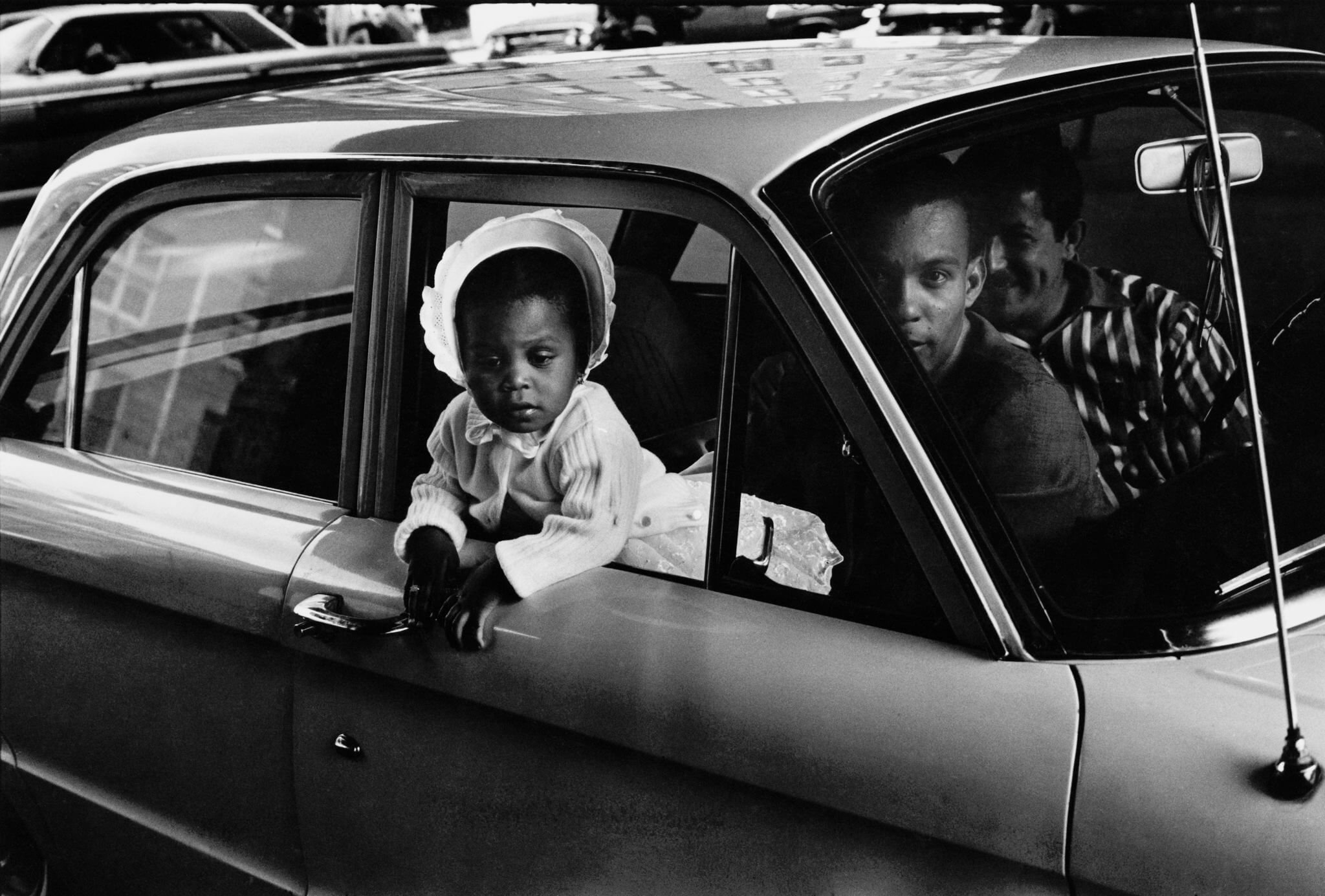INSPIRATION
Wrong Side of the Lens (pt. 2)
STREET LIFE
THE FACES OF STREET PHOTOGRAPHY
Wrong Side of the Lens by Josh Ethan Johnson is a documentary series that turns the lens on street photographers to delve into their obsession – what makes them tick, why their love of street photography endures, and what they’ve learnt along the way. We recently interviewed Johnson about it, and you can read that here.
The series invites street photographers into the sort of introspection that comes from watching other people do the same thing as you. It provides clarity over the questions you need to ask yourself before pressing the shutter release button. All photographers in the documentary agree that street photos are not ‘real’ because they are taken out of context. The viewer fills the gaps using very personal filters, as does the photographer when they decide on framing. Alongside the artistic and therapeutic benefits of street photography, the genre comes with lots of responsibilities.
The 19 episodes are a goldmine of insight for any street photographer at any time, but especially welcomed as preparation for our December 2023 theme Street Life. We recommend dedicating special attention to what drives photographers to this genre to help you find your artistic voice. But also watch carefully for work ethics and principles and the intimate relationship between the photographer’s personality and their photographic styles. The photographers portrayed in the movie may have different subject matters even though they work in the same cities. Street photography is never a straight line.
Here we reflect on five of the episodes we most enjoyed, although you could do worse than watch them all.
Banner image © Jill Freedman
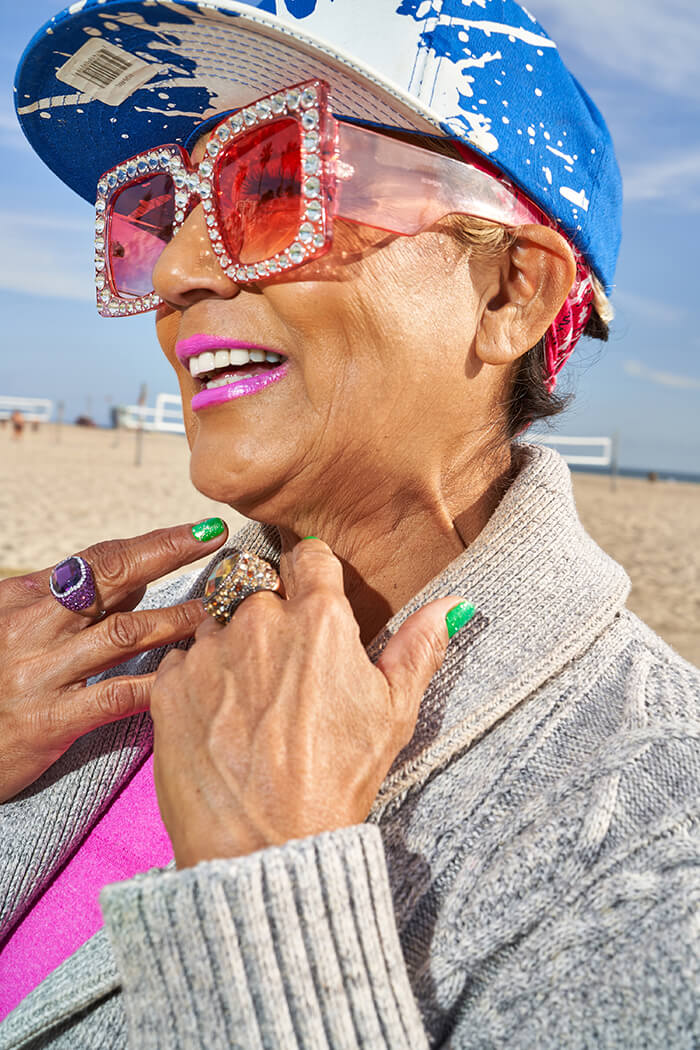
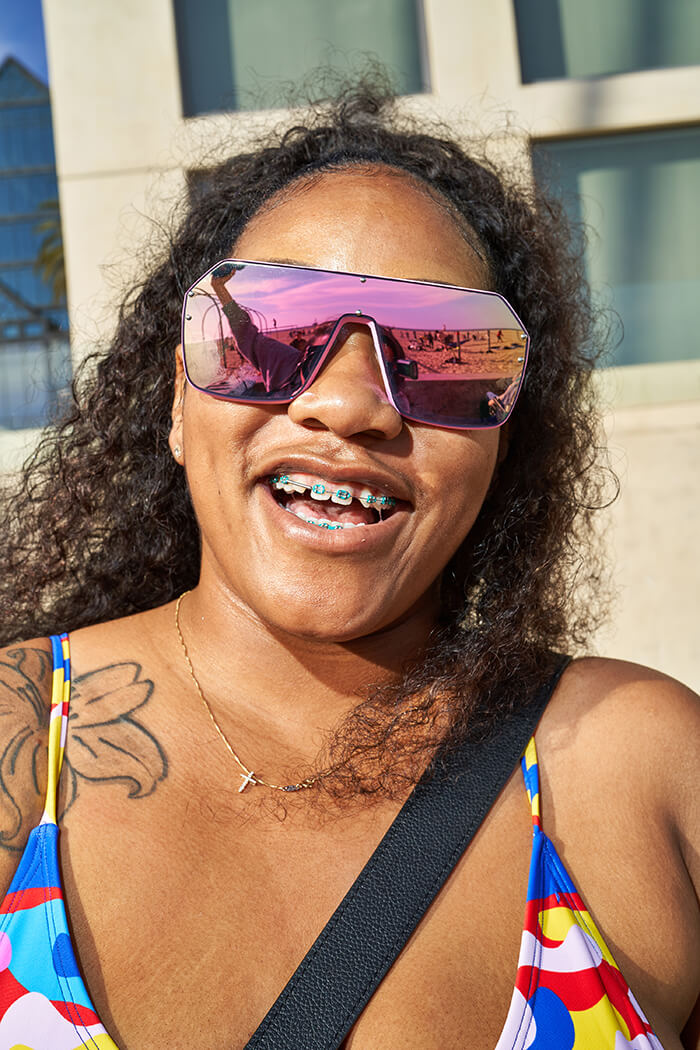
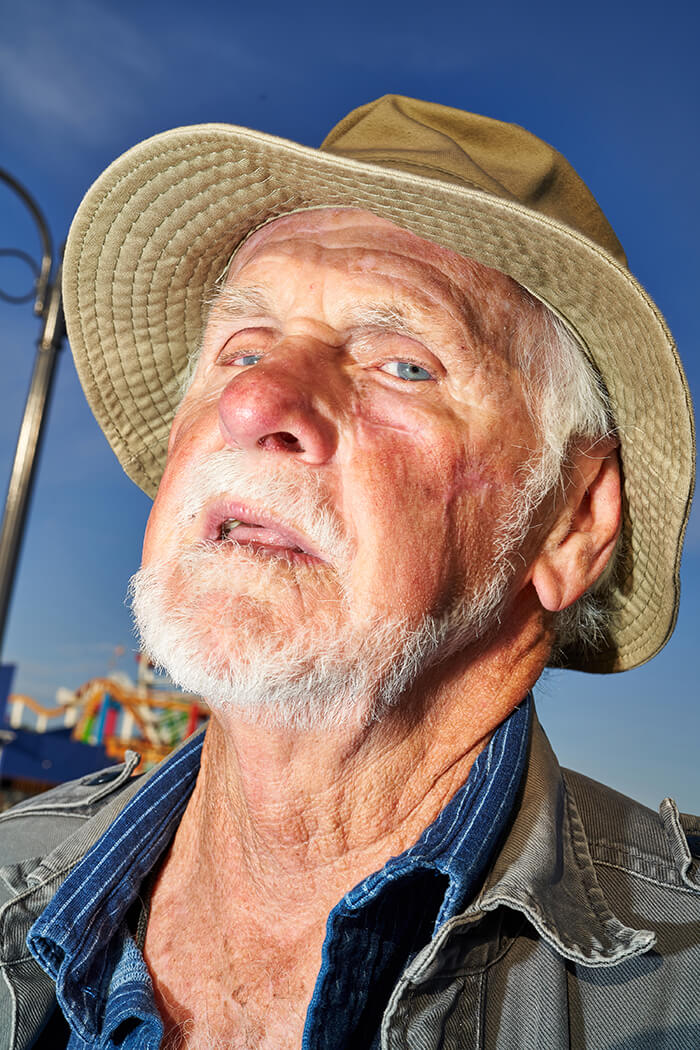
MICHELLE GROSKOPF
“I don’t tell a big story, I tell a small story.”
Images © Michelle Groskopf. Watch the episode here.
Michelle Groskopf, a street photographer based in Los Angeles, focuses on details. Her close-up street photos look nothing like cityscapes or wide environmental shots of crowded streets that are often associated with street photography. Although her perspective is sometimes narrow, her openness is always ultra-wide. Groskopf admits she uses photography as therapy, looking to get to know herself better, experimenting, and learning to get close to people. We like her honesty in revealing her backstage stories and her continuous aim to give back the love she once received.
At the same time, we appreciate the transparent perspective of the filmmaker. Groskopf’s style may seem invasive to some people. And sometimes it truly is, because when caught in the artistic flow she finds it difficult to break the spell and ask for permission. The documentary captures not only the photographer’s point of view but also the one of the subject. Why should the photographer’s flow be more important than the one of their subjects? It’s a rightful question asked by one of Groskopf’s subjects, and we get to see their interaction. As she shares the same insecurities as her subjects, street photography becomes a bridge that builds connections and promotes reciprocal empathy.
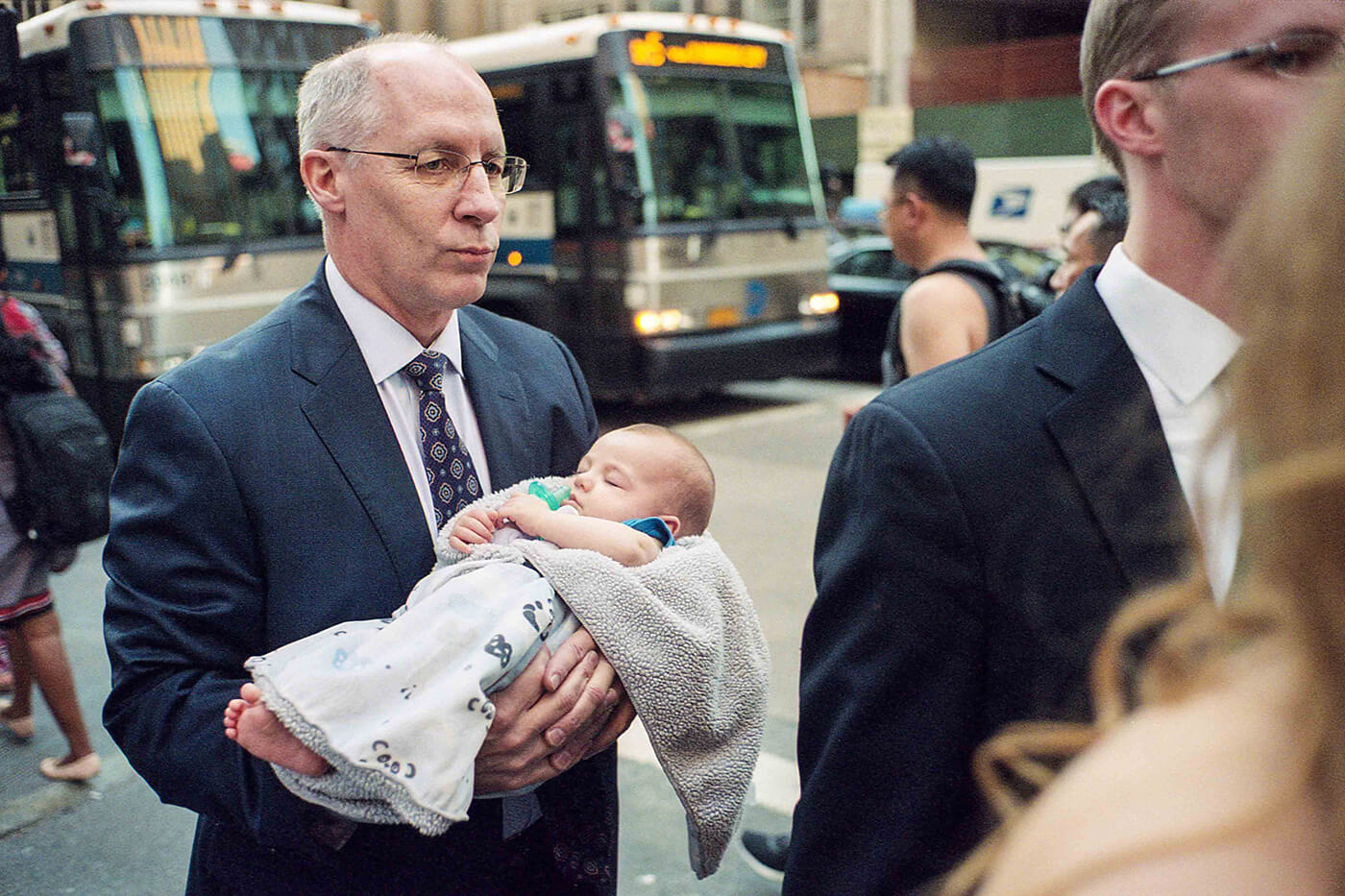
SEBASTIAN SIADECKI
“You look confident. You look comfortable. And then you start to blend in.”
Image © Sebastian Siadecki. Watch the episode here.
Sebastian Siadecki has a different approach. He doesn’t settle for being an observer. He is an active member of New York’s busy life and treats street photography like his medical practice. Siadecki emanates confidence and easiness in either role. He believes street photo subjects deserve attention and care and, sometimes, he follows a story through, deeply mesmerized by light or by a feature. For him, it’s not just “shoot and go” but more of a conversation with each of his subjects and, of course, with the iconic places of New York.
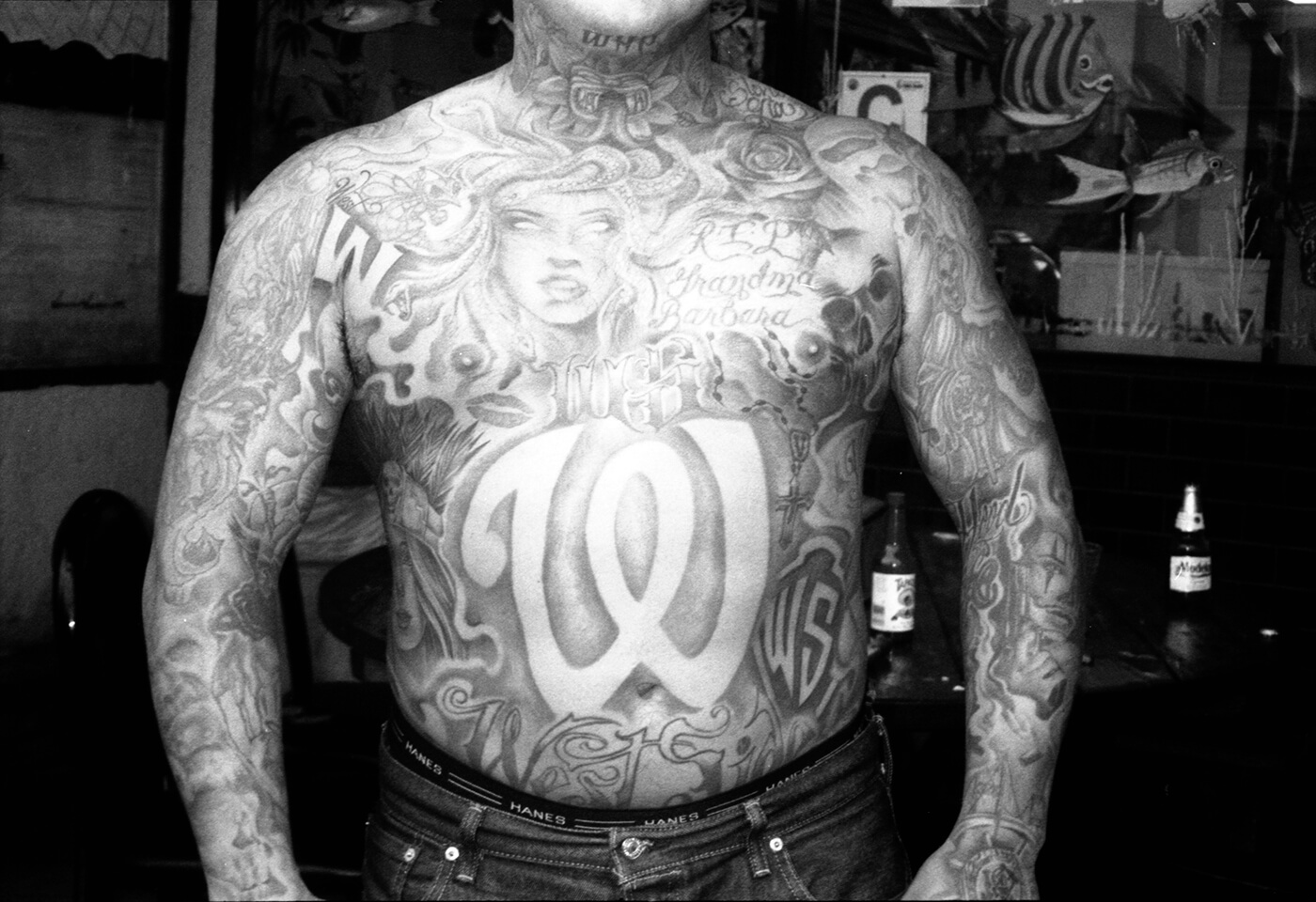
VALERIE J BOWER
“There is so much fake everywhere. I want to do the opposite.”
Image © Valerie J Bower. Watch the episode here.
We like how Valerie J Bower emphasizes the culture of the street. She is deeply engaged in depicting the strength of communities, memories of her beloved childhood town (Wilmington, Los Angeles), and many other aspects that go unknown in the whirl of street life. We like the way she leaves the glamour of LA behind to focus on a small community and the town where her roots are. This is another face of street photography. Not just random portraits, not just snapshots of street life, but engaged documentary work over a culture, history, and human relationships.
Similar to other street photographers interviewed for this documentary series, Bower adds a personal note and recognizes the beneficial effects of photography in her life. From anger management to finding and keeping an identity to remembrance, street photography projects keep her grounded.
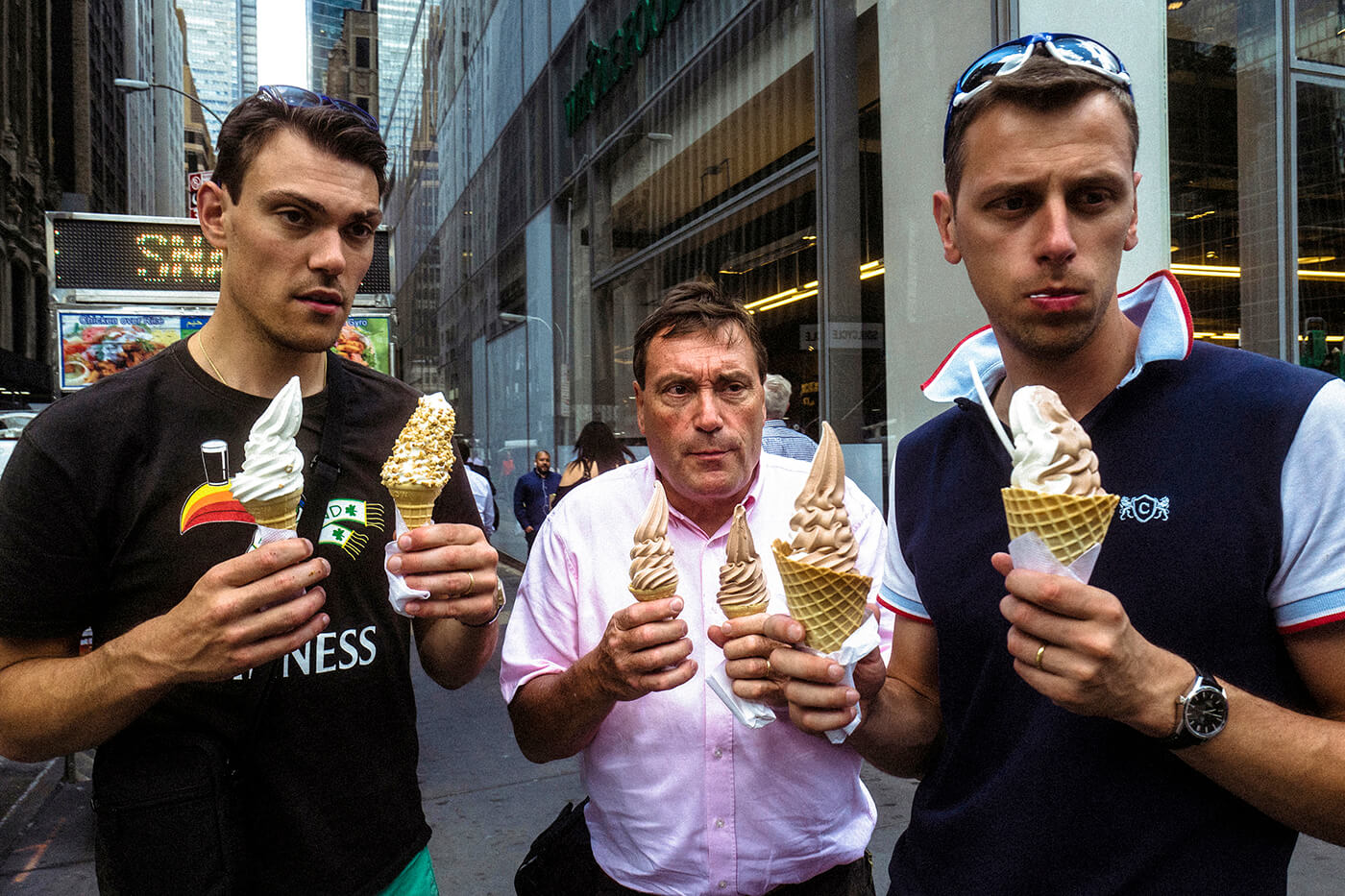
AARON BERGER
“Photography gets me connected with others, with everything.”
Image © Aaron Berger. Watch the episode here.
Aaron Berger has a habit of learning. Whether it is sports, poker, or photography, he needs to know everything about it. But with street photography, things didn’t go according to plan. The moment he became very good at it was the moment he saw the path beyond perfectionism. Now, he is careful not to transform photography into another sport and is able to notice in other photographers’ work the same tendency to go for a good shot instead of enjoying the process.
At the same time, we like how he developed his workflow by considering how he would feel as a subject. Berger reckons he is a loner who cares about the others. And because he is a discrete and solitary person, he offers his subjects space and intimacy. His camera is never ‘in their faces’ but more of a shadow that quickly passes by. Berger is not invasive and does not interrupt the flow of the street. He prefers to be quiet and invisible and enjoy the process.
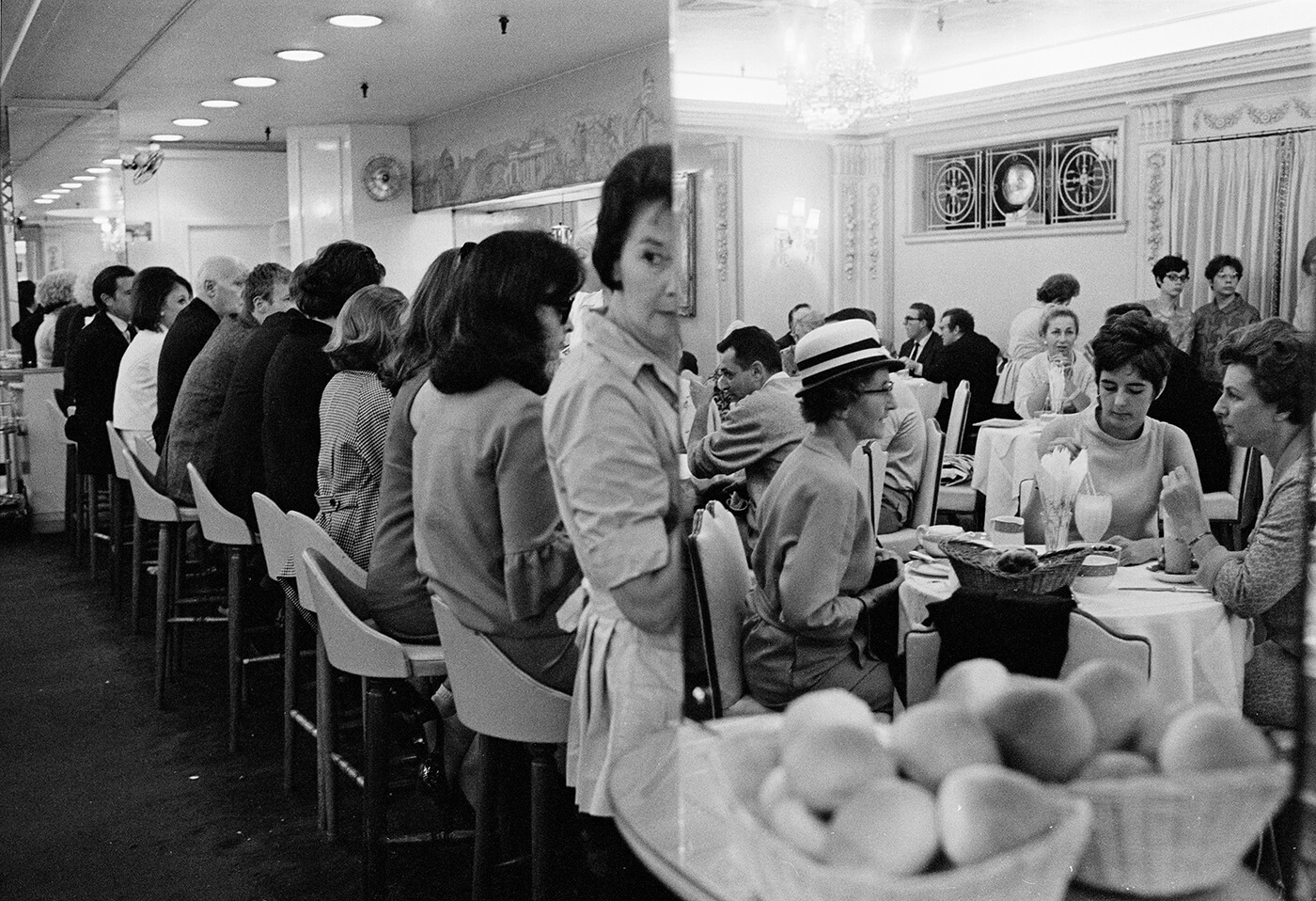
JILL FREEDMAN (1939 – 2019)
“I have one rule: I do not take your photo unless you want me to.”
Image © Jill Freedman. Watch the episode here.
Jill Freedman doesn’t belong to a place. She belongs to the history of photography. Famous for her art photo books that meticulously depict the backstage life of a particular group she was interested in (e.g., Resurrection City, circus performers, firefighters, street cops, etc.), Freedman made a point of not making the photos about herself. Although she integrated herself completely into the group she was documenting (she lived with the circus and slept in the fire station to have the same reaction speed as the firefighters), her stories were never about her. On the other hand, the reasons behind her projects were always about herself because Freedman chose street photography as a medium to speak about all the things she had an opinion on.
We like her work ethic more than anything else. She immersed herself in her projects without losing her grip or making the projects about herself. She was not shy of the camera or life, for that matter, but she turned the light inwards whenever she was near someone who needed her art. Because Freedman understood people don’t need words when they feel loved. Paradoxical for someone who says she is not capable of falling in love, Freedman fell in love with every soul she watched over (even with the egret in the park at the time of the interview).
Created with ❤️
Words by Monica Radulescu
Photography © the author.
